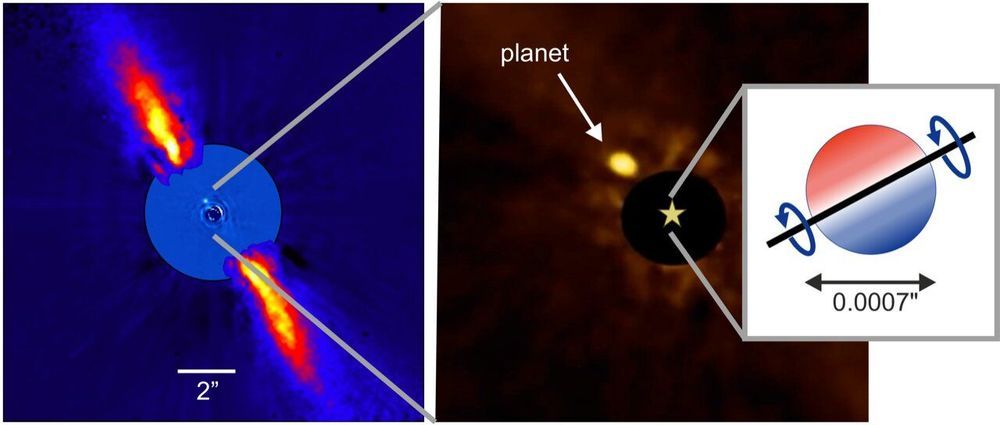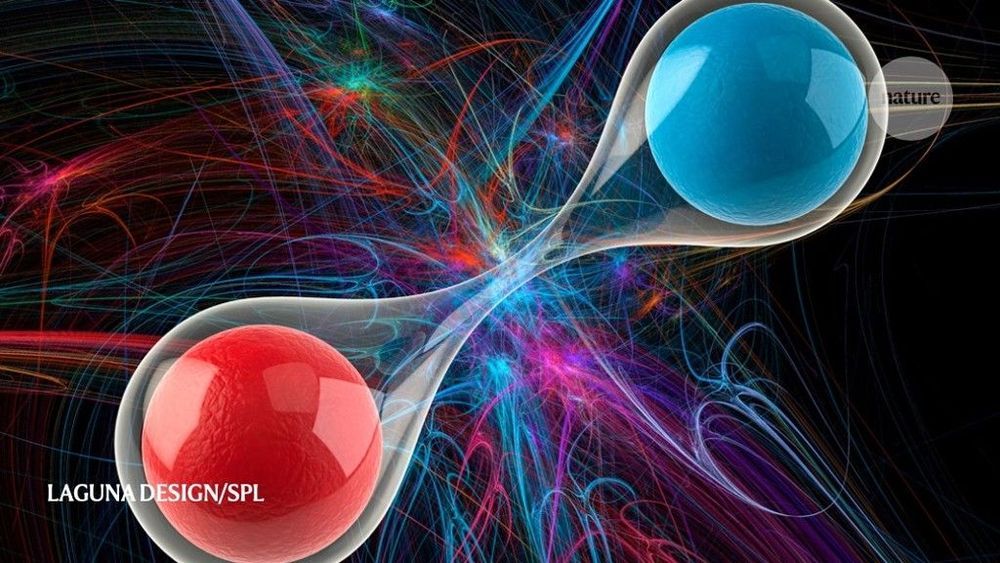The Tata Nexon EV’s approach – reduced range, less power, and basic amenities – could bring the price down to $14,000 after incentives.



The Chinese government is taking draconian measures to slash birth rates among Uighurs and other minorities as part of a sweeping campaign to curb its Muslim population, even as it encourages some of the country’s Han majority to have more children.
While individual women have spoken out before about forced birth control, the practice is far more widespread and systematic than previously known, according to an AP investigation based on government statistics, state documents and interviews with 30 ex-detainees, family members and a former detention camp instructor. The campaign over the past four years in the far west region of Xinjiang is leading to what some experts are calling a form of “demographic genocide.”
The state regularly subjects minority women to pregnancy checks, and forces intrauterine devices, sterilization and even abortion on hundreds of thousands, the interviews and data show. Even while the use of IUDs and sterilization has fallen nationwide, it is rising sharply in Xinjiang.


Astronomers have made the first measurement of spin-orbit alignment for a distant ‘super-Jupiter’ planet, demonstrating a technique that could enable breakthroughs in the quest to understand how exoplanetary systems form and evolved.
An international team of scientists, led by Professor Stefan Kraus from the University of Exeter, has carried out the measurements for the exoplanet Beta Pictoris b—located 63 light years from Earth.
The planet, found in the Pictor constellation, has a mass of around 11 times that of Jupiter and orbits a young star on a similar orbit as Saturn in our solar system.

There are risks and rewards for any kind of new weapon, and how the Air Force buiilds its next plane is a big question.
By Kris Osborn
Should the Air Force and Navy prioritize the engineering of an entirely new platform with paradigm-changing technologies for a 6th-Generation fighter, or simply keep upgrading the state of the art 5th-Gen aircraft in the near term?
The founders of Athena Security told KVUE the thermal imaging camera can scan 1,000 people per hour, letting them know instantly if you have a fever.

In the average human body, tens of billions of cells die everyday. It’s a natural process, important for keeping the body healthy. Now, for the first time, researchers at Yale School of Medicine have directly imaged the death of neurons in mice, as well as how the body clears them out afterwards.
Although it might seem like brain cells are things you’d definitely want to keep around, it’s better to get rid of the ones that aren’t working. After all, a build-up of dead cells can damage the nervous system and has been implicated in neurodegenerative diseases.
To prevent this, the brain – and indeed the rest of the body – has a natural process that clears out dead cells. But scientists haven’t been sure about the exact mechanisms at work during this cellular “corpse removal” process.
IBM on Monday announced it’s donating a series of open-source toolkits designed to help build trusted AI to a Linux Foundation project, the LF AI Foundation. As real-world AI deployments increase, IBM says the contributions can help ensure they’re fair, secure and trustworthy.

Whole genome duplication followed by massive gene loss has shaped many genomes, including the human genome. Why some gene duplicates are retained while most perish has puzzled scientists for decades.
A study, published today in Science, has found that gene retention depends on the degree of “functional and structural entanglement”, which measures interdependency between gene structure and function. In other words, while most duplicates either become obsolete or they evolve new roles, some are retained forever because, evolutionarily speaking, they’re simply stuck.
“When we scan genomes there are some gene pairs that remain from whole genome duplication events that occurred millions of years ago,” says Elena Kuzmin, a co-lead author of the study and former graduate student who trained with Charles Boone, professor of molecular genetics in the Donnelly Centre for Cellular and Biomolecular Research, at the University of Toronto, who co-led the study.